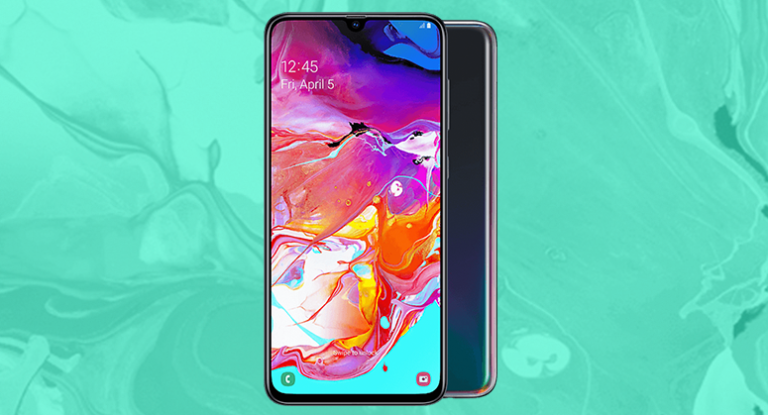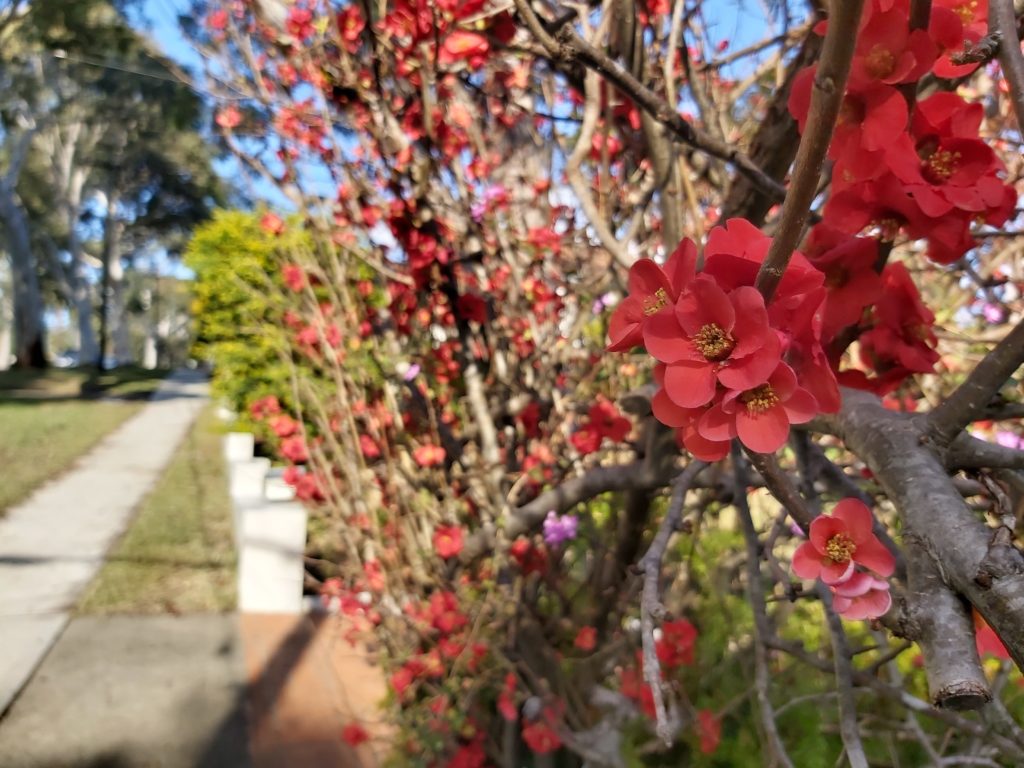Optus Mobile Review ALDI Mobile Review Amaysim Mobile Review Belong Mobile Review Circles.Life Review Vodafone Mobile Review Woolworths Mobile Review Felix Mobile Review Best iPhone Plans Best Family Mobile Plans Best Budget Smartphones Best Prepaid Plans Best SIM-Only Plans Best Plans For Kids And Teens Best Cheap Mobile Plans Telstra vs Optus Mobile Optus NBN Review Belong NBN Review Vodafone NBN Review Superloop NBN Review Aussie BB NBN Review iiNet NBN Review MyRepublic NBN Review TPG NBN Review Best NBN Satellite Plans Best NBN Alternatives Best NBN Providers Best Home Wireless Plans What is a Good NBN Speed? Test NBN Speed How to speed up your internet Optus vs Telstra Broadband ExpressVPN Review CyberGhost VPN Review NordVPN Review PureVPN Review Norton Secure VPN Review IPVanish VPN Review Windscribe VPN Review Hotspot Shield VPN Review Best cheap VPN services Best VPN for streaming Best VPNs for gaming What is a VPN? VPNs for ad-blocking Then there’s the mystery of mid-tier; hundreds of different SKUs, each a slight variation on the next. Phone manufacturers don’t like to discuss what features a mid-tier phone doesn’thave, only what it does. So there’s the added legwork of figuring out exactly what it is you’re missing out on just to save a bit of cash. That’s the case, most of the time. It’s notthe case with the Samsung Galaxy A70. The Samsung Galaxy A70 serves a very obvious audience, big phone fans, and only omits features most can do without; resulting in a huge affordable handset that, in many ways, is one of the best options on the market for Samsung fans. For most punters, the Samsung Galaxy A70’s triple-camera array gets the job done. On the rear, it’s sporting a 32MP main camera for everyday photography, a 5MP depth sensor for snapping those fancy live portrait/portrait mode shots you see with most primo phones, and an 8MP ultra-wide lens that lets you take photos with a juicy 123-degree angle field-of-view. It’s a top-notch camera that’s going to suffice for most casual photographers. Speaking of top-notch, the Galaxy A70 has opted for a centred teardrop notch, rather than the S10’s right-aligned “hole punch” notch. If you’re a sucker for symmetry, the teardrop notch is a step-up from the Galaxy S10. The teardrop notch isn’t quite as clean-cut as the hole punch but I haven’t found it be even slightly intrusive. Unfortunately, the same can’t be said for the Galaxy A70’s biometric security features. Firstly, it’s slower to register than other implementations of the tech. The Galaxy A70 can take up to three seconds to register your fingerprint with the in-screen scanner. In my experience, the Samsung Galaxy S10 registers instantly. Three seconds might not seem like a long time but if I can type my pin faster than the biometrics can confirm my identity, it’s not doing the best job of it. I’ve noticed slow response times with the phone’s facial recognition too. It’s also inconsistent. Under the warm overhead lights in my office (where I initially set the phone’s biometrics up), I have no issue getting the biometrics to register and even managed to get the facial recognition to work in seriously low light conditions. But as soon as I step outside and into natural sunlight, the in-screen fingerprint scanner gets confused. The in-screen fingerprint technology works by illuminating your thumb with a bright green light which reflects a high-res scan of your print into the sensor buried beneath the display. The fact that the sensor relies on light reflection could be, at least partly responsible, for the instability under natural lighting. Three times now, the Galaxy A70 has put biometrics into lockdown when I’ve been using it outside on a lunchtime run to Guzman’s. The slow biometrics might also be a result of the A70’s mid-tier processing power, which also makes processing high-quality photos slower on the A70. Despite the larger display, Samsung packs in fewer pixels-per-inch on the A70’s display when compared to the S10 and the S10+. The S10’s 1440 x 3040 display crams in roughly 550 pixels-per-inch (PPI) whereas Samsung estimates the A70’s PPI at around 393. This means the A70’s display isn’t quite as crisp as the S10’s and the lack of HDR10+ means you don’t get the same deep blacks and rich colour contrasts as you do in the S10 range. With that said, the Super AMOLED screen on the A70 is still a sight to behold and if you’re upgrading from an older Samsung model, you’ll be blown away by the quality on display. The latest and greatest smartphones are on a mission to eliminate bezels almost entirely. Side-by-side with the S10 range, the A70’s bezel is a little noticeable. That’s only worth mentioning if you put any stock into that sort of thing; which I personally don’t. I don’t miss the thick bezels of yesteryear but I think we’ve done about all that’s necessary on that front. While “triple-camera array” sounds impressive (and in many ways is) there are certain features you just don’t get with the Galaxy A70. Every handset from the S10 range has a dual-aperture camera as its main shooter. The benefit of having two apertures is that you can have one that’s ideal for daylight shots (f2.4) and one for better for low-light shots (f1.5). The S10 also supports Dual Pixel PDAF; phone camera tech that gives you ultra-fast autofocus in low-light conditions. The Galaxy A70 doesn’t have a Dual Aperture camera or Dual Pixel PDAF and as a result, doesn’t offer a Night Mode shooting option. Even the most casual phone photographers can appreciate a good night mode so it’s a significant omission. Less significant when you consider how much money you would save opting for the A70 over an S10. The Galaxy A70’s main camera shoots in 12MP for fast photography by default. It can be switched to 32MP by swapping the 3:4 to 3:4H but I found the higher resolution mostly unnecessary and the photos a little slow to process. The Galaxy A70’s middling camera tech translates to a lighter camera app with fewer Pro features than the flagship range. Again, this could be a dealbreaker for the pros out there but for a hack like me who can only make things worse with more advanced options; the tighter, more user-friendly camera app was genuinely a breath of fresh air. I also had a lot of fun experimenting with ultra-wide shots. Even to my amateur eyes, the fisheye distortion in some of the ultra-wide photos was a little distracting but I was blown away to discover just how much scenery the 8MP ultra-wide lens could fit on the screen. Most users won’t notice the difference. Standard operation is buttery smooth and its snappy when it comes to opening apps and switching screens. It also shows no signs of struggle when it comes to playing graphically-intense games on the Play Store like the new Call of Duty: Mobile, PUBG and the particularly heavy Real Racing 3. Where it is noticeable is during advanced camera functions. Photos that are taken in 32MP, for example, can take a spell to process and the slow-to-register biometric scanning no doubt has something to do with the middling chipset too. Again, these are issues that will go unnoticed by most and they’re certainly not significant enough to pass on the A70. One drawback for the A70’s battery is that it can’t be charged wirelessly, which is only an issue if you’re already forked out for a wireless charger. Otherwise, the packaged fast-charger is just as exceptional as what you would find in the S10 range.






